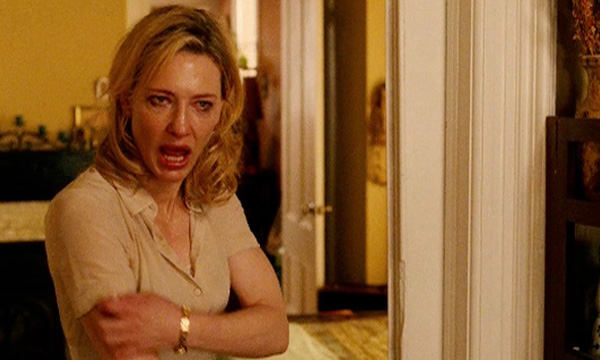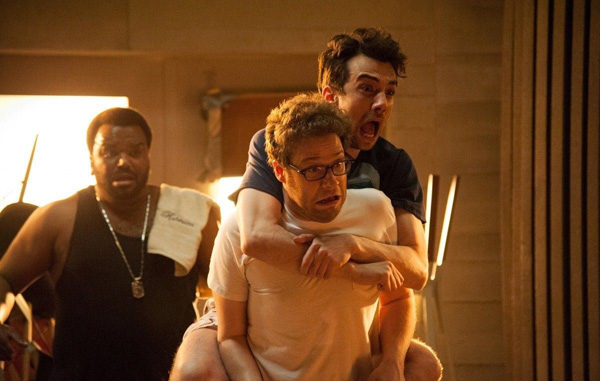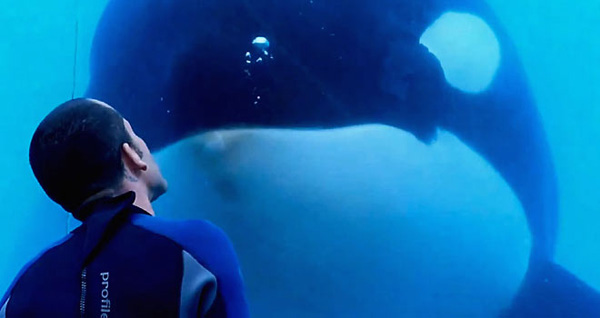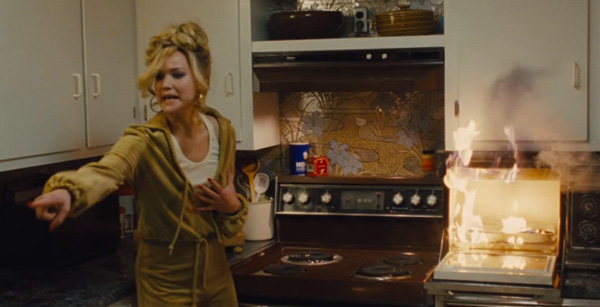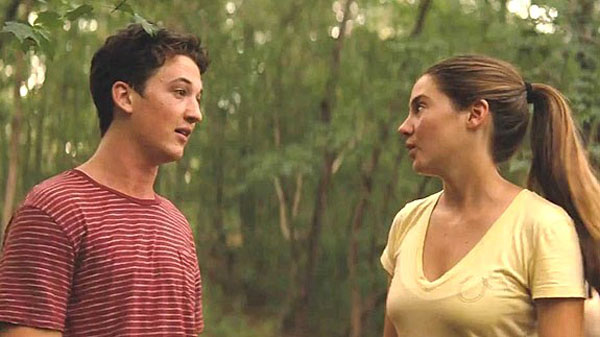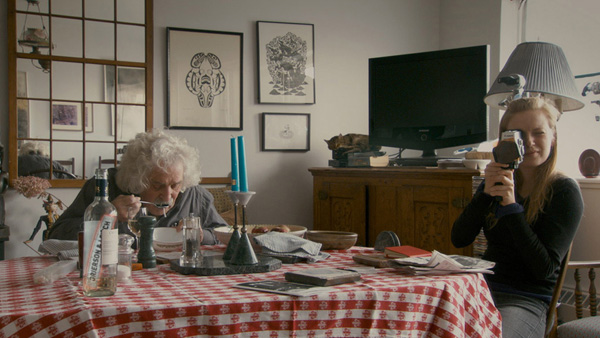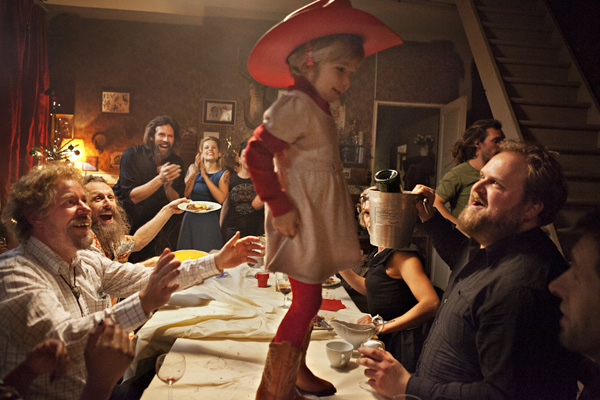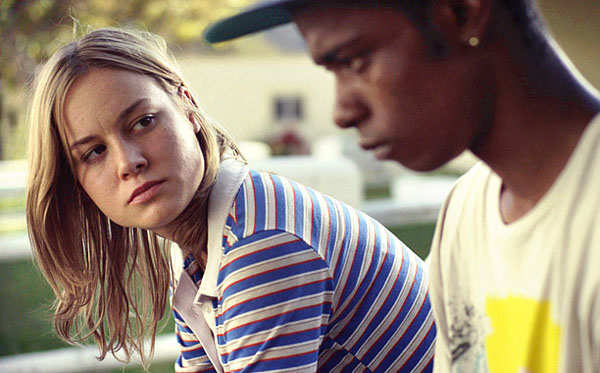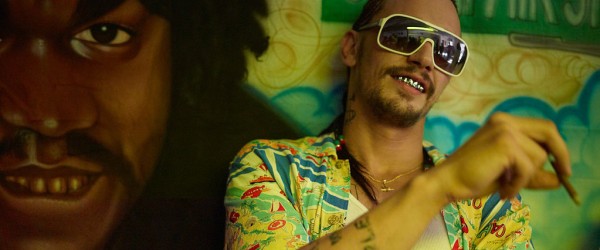
2013 Film in Review (Page One)
Film, Reviews2013 offered a vivid cinematic landscape, one that seemed to be finally reaping the rewards of the digital age in the way we’d been anticipating for years, with filmmakers of all stripes grabbing the reins to make great, challenging works. While the mainstream continued to plod through another fiscal year of big-budget triumphs and spectacular failures, many strong voices emerged, including some significant crossover success from the art-house to the multiplex. It’s telling of what a great and diverse year this was, that films as brilliantly crafted as 12 Years a Slave, Upstream Color and Fruitvale Station don’t even appear on this list; let’s chalk it up to an embarrassment of riches.
15. Blue Jasmine Dir. Woody Allen
To paraphrase LL Cool J, don’t call it a come back, he’s been here for years. It’s hard to think of another artist who has so consistently maintained relevance in his or her medium for as long a period as Allen (those who lament dismal patches is his filmography forget that they rarely last more than a few years before another “return to form” emerges.) In his globe-trotting, post-Match Game career, Allen has hit it best when offering drama only mildly spiced with comedy – his observations have become much sharper over the years than his jokes. Blue Jasmine is a character study in the post-recession world, a world in which at least a few from the top deck got knocked down several pegs. Allen is only ever as strong as his muse, of course, and the movie totally belongs to Cate Blanchett, who reminds us why she’s one of the best living actresses with a portrayal of a fallen debutante that is funny, tragic, and often totally uncomfortable. Allen casually weaves storylines, characters and timelines with the quiet confidence of a director who has seen and done it all, letting his vast and varied cast (including Alec Baldwin, Louis C.K., Sally Hawkins and of all people, Andrew Dice Clay) make it look easy for him. Keep ‘em coming, Woody.
14. This Is The End Dir. Evan Goldberg & Seth Rogen
Edgar Wright’s kindred The World’s End gets a lot more critical praise and appears on many more year-end lists, but the plain truth about the two movies is that Seth Rogen and Evan Goldberg’s celebrity apocalypse is just much, much funnier. Yes, it’s self-indulgent, it’s pandering, it’s juvenile. It’s also just really, really funny.
13. Blackfish Dir. Gabriela Cowperthwaite
Documentary Blackfish was marketed this summer as psychological thriller, which was a unique but apt approach to its material. Essentially telling the life story of an orca, Tilikum, driven to attack and kill his trainers by the unnatural and often cruel living conditions at SeaWorld, the film builds a complex psychological portrait of the animal. In doing so, and in hearing first-hand accounts from the trainers that spent many years in great friendship with the whale, we understand and empathize with the animal on a personal level, understanding the incredible emotional and mental capacities of these creatures. SeaWorld unsurprisingly didn’t participate in the film, so there is almost no contrasting viewpoint from we can only imagine is a very polished PR team, but the facts themselves remain stark. Not unlike 2009 Oscar winner The Cove, Blackfish is suspenseful and heartbreaking and forces the audience to reevaluate its relationship with animals in captivity.
12. American Hustle Dir. David O. Russell
This is the Watch the Throne of American independent film. It’s a spectacle, an opportunity for a razor-sharp director – riding a career-high wave of critical and commercial success – to take a victory lap with the best actors in the country. And of course, like Jay and Kanye’s back-patting 2011 record it can ring a bit hallow, but fuck if it isn’t fun and eager to please. The sort-of true story of con artists in the late 70’s is chaotic, but the impeccable cast has a field day with it, led by Amy Adams and Christian Bale as the scheming couple behind it all (the pair also perfectly exemplify the film’s tendency to make its women look stunning and its men deliciously ridiculous.) Bradley Cooper, Louis C.K. and Jeremy Renner do great work as well, but it’s Jennifer Lawrence who truly owns every moment that she’s onscreen – the Queen Bey, if you will, of our pop music analogy. The cinematic landscape American Hustle romps through is that of the all-sacred Goodfellas-era Scorcese with more than a dash of Boogie Nights, holy grails of film geekdom that are treated with equal parts reverence and glee (I mean, when freakin’ De Niro shows up in a cameo as the mob boss, it’s almost TOO satisfying.) The cinematography, the soundtrack, the costumes, the hair – it’s all there for you to enjoy, so lap it up, savour the exuberance and don’t think on it too hard.
11. The Spectacular Now Dir. James Ponsoldt
The Spectacular Now pulls a real bait and switch, opening with a flashy teen-com prologue that’s narrated with cocky swagger by ill-named protagonist Sutter Keely (Miles Teller.) With all the pieces seemingly in place to follow the path of the multiplex-ready studio product, the movie then does the unexpected and blossoms into one of the most honest movies about kids since, well, Kids. With the incredible (and make up-less!) Shailene Woodley playing his reluctant love interest Aimee, the film delivers a sincere exploration of that lost space in the transition into adulthood, when heroes fail us, facades are shattered and kids try to get a grip on something bigger than themselves.
10. Stories We Tell Dir. Sarah Polley
Every family is full of its own melodrama, and the way we remember and tell these stories plays a major part in shaping who we are. This is the central tenet of Stories We Tell, Sarah Polley’s very personal documentary that reconciles a great mystery of her past: the death of her mother and her own biological origins. The fourth wall is broken almost immediately, which makes us feel as though we’re taking this journey right along with her, sharing time with her family and friends, hearing this incredible story as it was seen and experienced through many different sets of eyes. There are no bombs blowing up or lives at stake, but the film is able to uncover a unique truth in the way we unearth our demons and share our collective narratives. It’s both familiar and very novel; intimate and universal. We all have our stories.
9. The Broken Circle Breakdown Dir. Felix Van Groeningen
Bluegrass has always lived through darkness. In Belgian tragedy The Broken Circle Breakdown, it’s symbolic of many things: the illusion of American freedom, the roots that bind communities, and what we have come to interpret as the soul. The film is dark – exploring not just human death but the death of hope, faith and even love – but maintains its flicker of redemption throughout. Sometimes the weight of devastation is too much for the spirit to persevere, which is the case for Elise (Veerle Baetens) and Didier (Johan Heldenbergh), a young couple that we witness in every stage of love and strife in a story that flashes back and forth between several years. The lovers, who front a bluegrass band (after Didier turned Elise on to his love for outlaw American image), have to face absolute crisis when their daughter is stricken with cancer. It’s a severe test of will, and one that is brought into full empathetic fruition by scalding performances and a yearning hope for something more, for that better home awaitin’, in the sky, Lord, in the sky.
8. Short Term 12 Dir. Destin Cretton
Like several other great films this year, Short Term 12 succeeds by avoiding the easy way out. Subject matter as heavy as this, revolving around the caretakers and patients at a foster-care facility, is easily manipulated by melodrama, the kind of shocking moments and valuable lessons better left to Dr. Phil. The film instead invests heavily in its characters (both Brie Larson and John Gallagher Jr. deliver career-changing performances), and is very deliberately paced in terms of letting the audience into the characters’ lives. We have to build trust before we’re ready to learn of everyone’s scars, much like the relationships we see between the kids and counselors. And, as in these lives we grow to care about, there are no easy answers, scapegoats or heroes.





